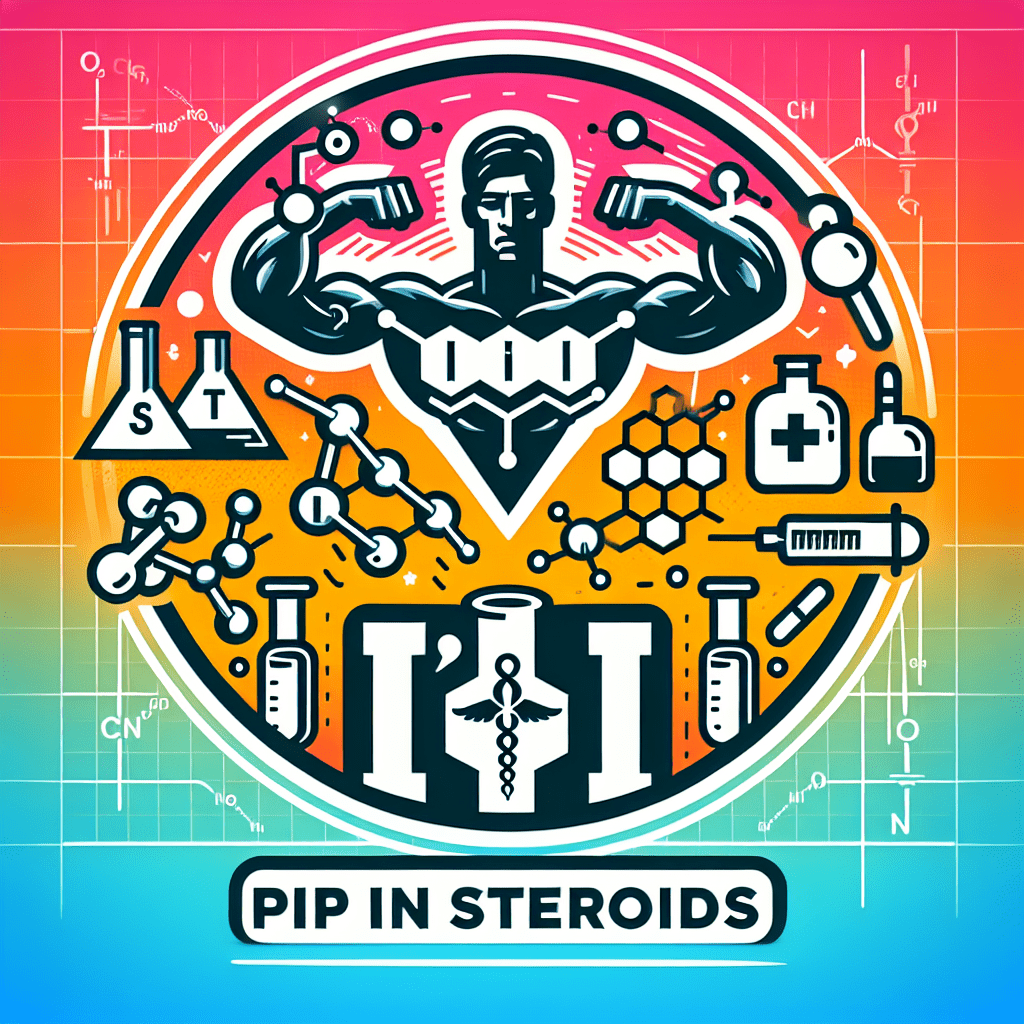
WHAT IS PIP IN STEROIDS

Post-injection pain, commonly known as PIP, is a common term within the bodybuilding and athletic communities, particularly among those who use steroids. PIP refers to the soreness and discomfort that can occur at the site of a steroid injection. This phenomenon is not exclusive to steroids but can be associated with any form of intramuscular injection.
While some injection pain is normal, PIP can vary significantly in intensity. For some users, it might feel like a mild soreness similar to muscle fatigue, while for others, it can be quite painful, interfering with daily activities or exercise routines. The onset of PIP can be immediate, or it might develop gradually over hours. Typically, PIP peaks around 24-48 hours after the injection and gradually dissipates over the following days.
The causes of PIP can vary. Often, it is related to the size of the needle used, the injection technique, or the specific compound injected. Injecting a large volume of oil-based steroids can lead to increased pressure in the muscle tissues, leading to irritation and pain. Similarly, improper injection techniques, such as injections that are too shallow or not administered in the recommended muscle groups, can contribute to PIP.
Another significant factor is the compound itself. Some steroids are known for being more painful than others. Factors like the preservative solvents and the concentration of the steroid can cause PIP. For instance, steroids with high concentrations or those that require carriers like propionate esters often have higher instances of PIP associated with them.
Conclusion
Understanding PIP in the context of steroids is crucial for anyone involved in bodybuilding or athletics who may be considering or currently using steroids. It’s a relatively common reaction, but with proper technique, appropriate needle sizes, and careful selection of steroids, the risk and severity of PIP can be minimized. If PIP is severe or persists, it’s advisable to consult a healthcare professional.
FAQs
- What is PIP a sign of? PIP is usually a reaction to the injection process and the substance injected. It is generally not a cause for alarm unless it is accompanied by signs of infection such as swelling, heat, redness, or fever.
- How can you prevent PIP? To reduce the likelihood of PIP, use the appropriate size needle, follow proper injection techniques, and ensure the injection site is fully relaxed. Rotating injection sites can also help minimize irritation.
- Are certain steroids more likely to cause PIP? Yes, steroids that require higher concentrations or specific carriers, such as testosterone propionate, are more prone to cause PIP.
- Where can I learn more about responsible steroid use? Websites like Steroid.com and BodyBuilding.com provide comprehensive resources. For safer alternatives, consider visiting CrazyBulk.com.
- What should I do if I experience severe PIP? If PIP is causing significant discomfort, consulting a healthcare professional is recommended.
For those interested in unrelated topics, such as digital currency, learn how to buy and sell Bitcoin on Cash App.
#WHAT IS PIP IN STEROIDS
PIP, or Post-Injection Pain, in the context of steroids, refers to the discomfort, soreness, or pain that can occur at the site of injection following the administration of anabolic steroids or other injectable compounds. This phenomenon is commonly reported among users who self-administer these substances for bodybuilding or performance enhancement purposes. The intensity and duration of PIP can vary widely, ranging from mild discomfort to severe pain, and may last from a few hours to several days. Several factors can contribute to PIP, including the sterility of the injectable solution, the concentration and formulation of the steroid, individual sensitivity, injection technique, and the selection of injection site. To mitigate PIP, users often employ techniques such as ensuring proper injection methods, using sterile equipment, rotating injection sites, and applying heat or massage to the area post-injection. Nevertheless, PIP remains a common, albeit unpleasant, side effect of injectable steroid use.















